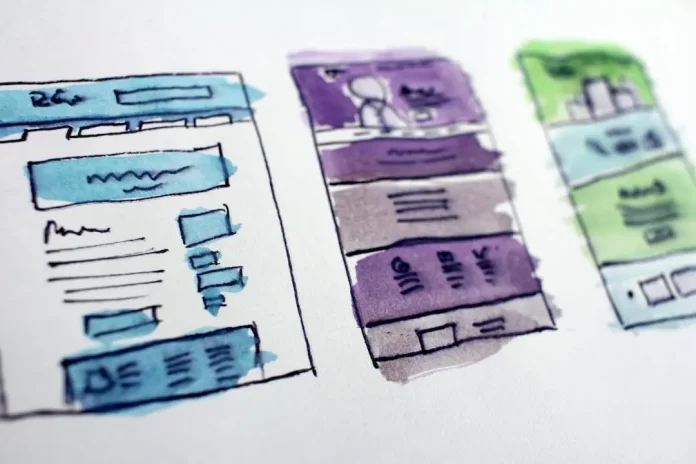In marketing, understanding the journey a customer takes from first encountering a brand to making a purchase is essential. This journey is often visualized through the customer acquisition funnel, a model that breaks down the stages of the buyer’s decision-making process. Each stage is crucial in driving business growth, from creating awareness to converting leads into customers. This article dives into the various stages of customer acquisition funnel, exploring how businesses can effectively move prospects from awareness to action.
Awareness Stage:
The awareness stage marks the beginning of the customer journey. At this stage, potential customers become aware of a brand’s existence and offerings. This could happen through different channels such as social media, search engines, word-of-mouth, or advertising. The goal here is to capture the target audience’s attention and make a positive first impression.
Businesses can leverage content marketing strategies, including blogs, videos, infographics, and social media posts, to create engaging content that aligns with their target audience. By providing valuable insights or addressing pain points, brands can demonstrate themselves as authorities in their respective industries, increasing brand visibility and attracting potential customers.
Interest Stage:
Once awareness is established, the next stage is to generate interest and curiosity among potential customers. At this stage, individuals may seek more information about the brand, its products, or services. Businesses must provide compelling reasons for prospects to engage further with their offerings.
This is where targeted advertising, email marketing, and personalized content come into play. By providing tailored messages and offers based on the audience’s interests and preferences, businesses can nurture leads and encourage them to move closer to making a purchase decision. Additionally, providing social proof through testimonials, reviews, and case studies can help build credibility and faith.
Consideration Stage:
As prospects move through the funnel, they enter the consideration stage, where they carefully evaluate their options before purchasing. At this stage, it’s essential for businesses to highlight their products or services’ unique selling propositions (USPs) and demonstrate how they address the specific needs and pain points of the target audience.
Comparison guides, product demos, free trials, and interactive tools can effectively showcase the value proposition and differentiate the brand from competitors. By providing comprehensive information and addressing any concerns or objections, businesses can help prospects make informed decisions and feel confident about their choice.
Decision Stage:
The decision stage is where prospects are ready to make a purchase decision. At this critical juncture, businesses must make the buying process as smooth and frictionless as possible to facilitate conversion. This involves optimizing the checkout process, offering multiple payment options, and providing excellent customer support.
Discounts, promotions, and limited-time offers can develop a sense of urgency and motivate prospects to take action. Moreover, implementing remarketing strategies can re-engage leads who may have abandoned their carts or shown interest but haven’t completed the purchase. Businesses can effectively convert leads into paying customers by addressing any last-minute concerns and offering incentives.
Action Stage:
The customer acquisition journey doesn’t conclude at the point of purchase. Its ultimate phase entails transforming content customers into brand advocates who actively endorse the business to others. Favorable reviews, referrals, and testimonials from current customers hold substantial sway over the buying choices of prospective customers.
Businesses can incentivize advocacy by rewarding loyal customers, encouraging user-generated content, and actively soliciting feedback. By nurturing ongoing relationships and delivering exceptional experiences, brands can boost loyalty and turn customers into enthusiastic advocates who help fuel further growth.
Summing it Up:
Comprehending the stages of the customer acquisition funnel is essential for businesses looking to attract, engage, and retain customers effectively. By recognizing the distinct stages of the buyer’s journey—from awareness to action—businesses can tailor their marketing tactics to meet the needs and preferences of their target audience at each stage. By creating compelling content, delivering personalized experiences, and providing excellent customer support, businesses can move prospects seamlessly through the funnel and drive sustainable growth in the long term.


